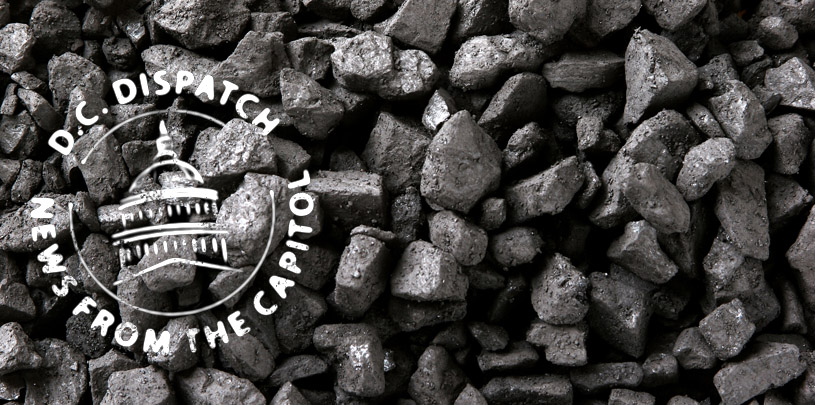
 by Amber Reimondo, Energy Director
by Amber Reimondo, Energy Director
Did you know you can rent an acre of public land to mine coal for a year for about the price of a gallon of milk? That’s because America’s coal leasing program hasn’t been updated since 1982. Based on this outdated program, coal companies are allowed to lease huge tracts of federal public lands—lands that belong to the American public—for as little as $3 an acre per year. In 2016, the Department of the Interior issued a temporary pause on new coal leases meant to allow time for a much-needed review of the federal coal leasing program. The pause was designed to evaluate the true cost of coal mined on public lands, from the environmental damage to the outdated royalty rates paid into public coffers.
Last August, the Grand Canyon Trust submitted a Freedom of Information Act request to the secretary of the interior and the Bureau of Land Management to find out exactly what the government knows about federal coal leasing’s contributions to climate change, as well as the paltry royalties companies pay to mine coal on federal land. The Freedom of Information Act gives agencies 20 days to respond to document requests from the public, unless there are “exceptional circumstances,” which buy 30 additional days. But nine months later, our request remains largely unanswered, despite a dozen follow-up letters, emails, and phone calls.
After months of trying to work cooperatively to get a response to our request, on Monday, May 8, 2017, the Grand Canyon Trust filed a lawsuit in District Court in Washington D.C. to force the agencies to release the documents.
In January 2016, then Interior Secretary Sally Jewell launched a review of the federal coal leasing program to take a hard look at the program’s effect on climate change and reconsider its royalty rate. Our Freedom of Information Act Request aims to turn up the science and documentation that underpinned that decision. This is a big issue for climate change and the air we breathe, since 41 percent of coal mined in the U.S. is mined on public lands leased from the federal government. Burning that coal accounts for 13 percent of all U.S. energy-related greenhouse gas emissions.
Jewell’s review put a temporary pause on new coal leases. Here on the Colorado Plateau, at least one coal-leasing decision was put on hold as a result – a proposed expansion of the Alton coal mine near Bryce Canyon National Park. This past March, however, President Trump and Secretary Zinke revoked the pause. While a coalition of environmental groups is challenging that order in court, the federal coal leasing program continues as is, at least for now.
It’s a program that is failing taxpayers, polluting air and water, and lining the pockets of coal company executives. The American public deserves to know why our government is turning a blind eye to clear science and to the real economics of dirty coal mining. Monday’s Freedom of Information Act lawsuit is our next step in getting to the bottom of what the government knows about the true costs of mining coal on our public lands.
Arizona Governor Katie Hobbs is the latest elected official to call for an environmental review of Pinyon Plain uranium mine.
Read MoreDr. Laura Crossey explains what scientists know about groundwater in the Grand Canyon region.
Read MoreMore than 275,000 pounds of radioactive materials imported from the Japan Atomic Energy Agency headed to Utah's White Mesa Mill.
Read More